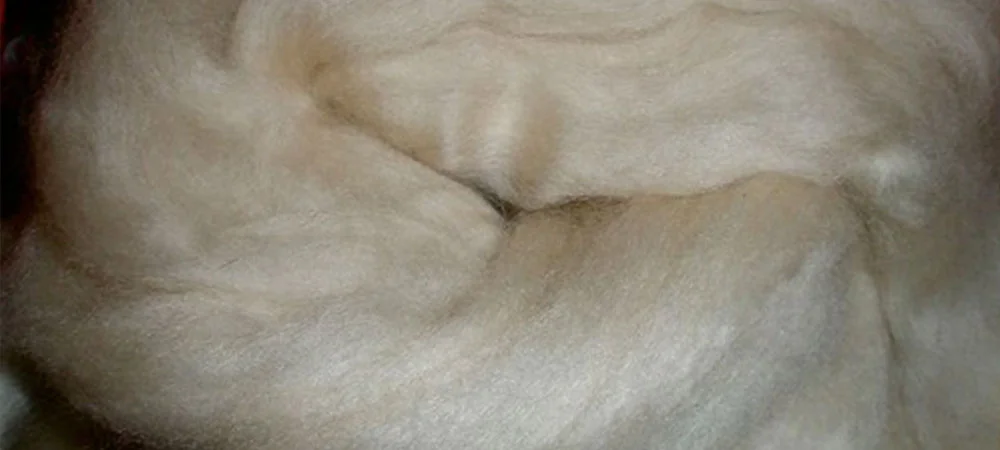How to Care for Your cashmere Garments and Keep Them Fresh
Wiki Article
Understanding the Various Kinds of Cashmere a Natural Fiber and Their Unique Benefits

The Origins of Cashmere: A Historic Summary
While the elegant touch of cashmere proceeds to charm contemporary customers, its beginnings trace back to the extreme, cold climates of Mongolia and the Mountain ranges. For centuries, the aboriginal peoples of these regions have actually been raising Capra Hircus goats, the prime resource of cashmere woollen. These goats, resilient against the serious winters months, grew a fine undercoat to make it through, which later on came to be known as cashmere. The name itself pays homage to Kashmir, a region in India where the woollen was originally processed. Much of the early cashmere trade path was facilitated by the Silk Roadway, linking Asia with the Center East and Europe. Regardless of its international spread, the finest cashmere is still thought to originate from the original regions of Mongolia and the Himalayas.

The Manufacturing Refine: From Goat to Garment
Shearing a Capra Hircus goat marks the creation of the detailed cashmere manufacturing process. The resultant raw cashmere is then washed to eliminate pollutants such as grease, dust, and veggie matter.The clean fiber goes through dyeing, spinning, and weaving, or knitting, to transform it into a fabric. Complex treatments such as quality control checks and finishing procedures adhere to, ensuring the end item keeps the elegant standard expected of cashmere. This meticulous procedure, from goat to garment, validates the high price affixed to cashmere products, making them a symbol of luxury and refinement.
The Different Kinds of Cashmere: An In-depth Analysis

The Distinct Advantages of Cashmere: Convenience and Sustainability
Moving from the selection of cashmere kinds to the advantages they supply, comfort and sustainability stand out plainly. Cashmere, an all-natural fiber, is renowned for its unrivaled softness, giving a level of convenience that artificial fibers can't match.When it concerns sustainability, cashmere is sustainable and eco-friendly, as it's gathered from cashmere goats who regrow their coats annually. what is cashmere. Unlike artificial fibers which can take hundreds of years to decompose, cashmere's effect on the environment is marginal. This Website combination of convenience and sustainability makes cashmere a beneficial selection for mindful consumers

Caring for Your Cashmere: Upkeep and Conservation Tips
While cashmere is most certainly a sustainable and lavish option, it requires particular care to preserve its high quality and prolong its life expectancy. To begin, cashmere should be hand cleaned making use of cool water and a mild cleaning agent. Cashmere items should be stored in a amazing and completely dry area, away from straight sunshine and dampness.
Buying Cashmere: Recognizing Its Worth and Worth
Although cashmere may at first feel like a costly investment, its long-term worth and worth come to be noticeable when you consider its impressive top qualities. Recognized for its unparalleled softness and heat, cashmere is a costs natural fiber that outshines other materials. Its high need and minimal supply add to its high price, yet its longevity guarantees it lasts for several years, using outstanding value for money. Cashmere pieces are ageless, usually becoming treasures gave with generations. what is cashmere. Its natural insulating properties supply warmth without the mass of synthetic fibers. Buying cashmere, therefore, is not practically existing fashion fads, however concerning accepting a sustainable, resilient, and glamorous lifestyle.Verdict
In recap, the type of cashmere one selects, be it Mongolian, Chinese, or Italian, is dictated by private preferences for heat, high-end, sustainability, and budget plan. Recognizing the beginnings, manufacturing process, and special benefits of different kinds of cashmere can assist consumers in their investment in this extravagant natural fiber.Whether it's the outstanding warmth of Mongolian cashmere, the cost of Chinese a knockout post cashmere, or the eco-conscious visit this web-site production of Italian cashmere, there's a tale to be found behind each fiber type. Cashmere, a natural fiber, is renowned for its unparalleled soft qualities, providing a degree of convenience that artificial fibers can't match.When it comes to sustainability, cashmere is eco-friendly and renewable, as it's gathered from cashmere goats that regrow their coats annually. Recognized for its unmatched soft qualities and heat, cashmere is a premium natural fiber that exceeds other products. Recognizing the beginnings, production procedure, and unique advantages of different types of cashmere can lead consumers in their investment in this elegant all-natural fiber.
Report this wiki page